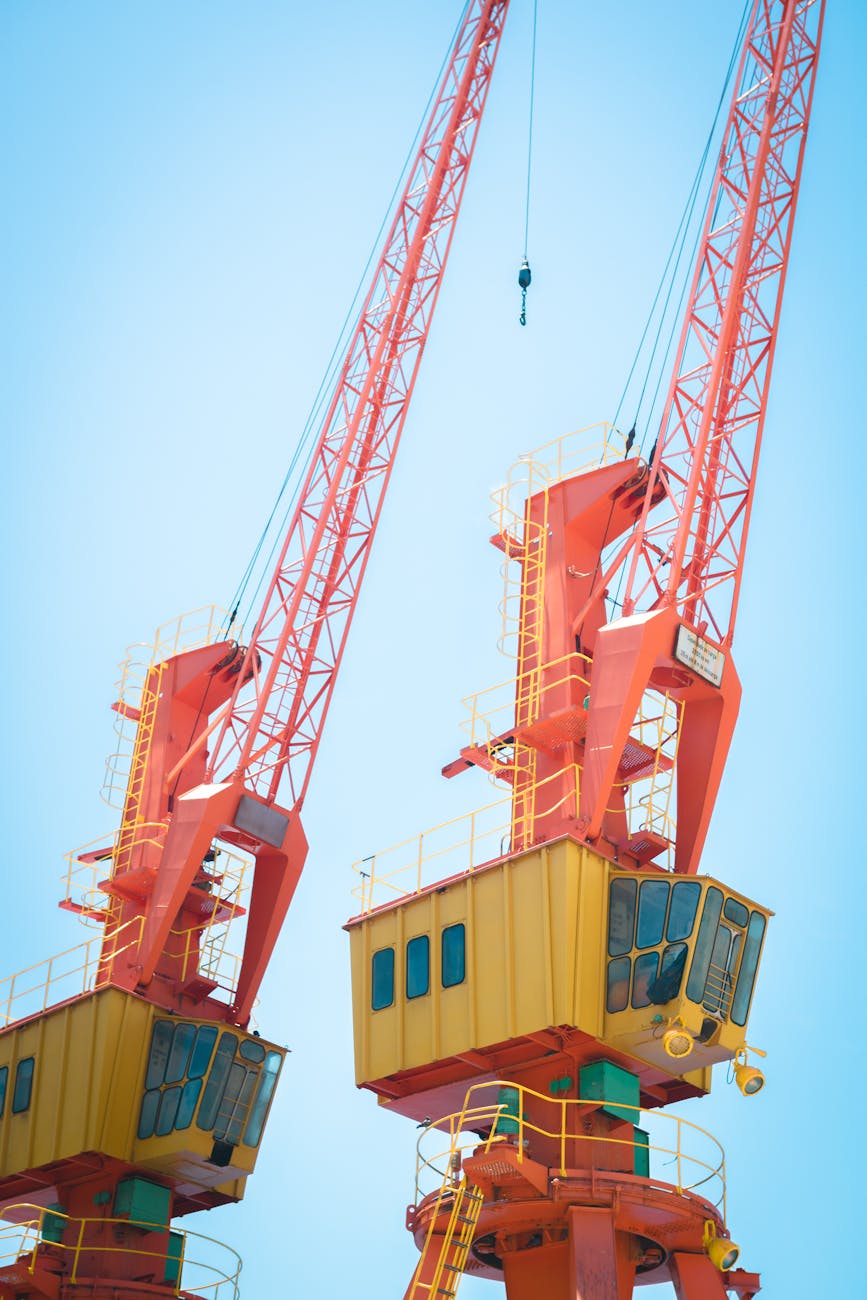Cranes play a crucial role in enhancing the operational efficiency of various businesses, particularly in industries such as construction and logistics. Despite this, choosing the best crane for your company’s requirements can be difficult given the extensive variety of crane types now on the market, each of which has a set of capabilities and characteristics distinct from the others. This article will give you in-depth information on choosing the best crane for your company to improve its operations.
Mastering the Art of Machinery: Choosing the Right Crane for Your Business Operations
Understanding Your Business Requirements
To select the most suitable crane for your business, it’s crucial to fully understand your operational requirements. You should consider the specifics of your tasks, such as the need for heavy lifting, precise handling, or transporting materials over a particular distance. Also, consider the dimensions and weight of the items to be moved. Aspects like the work environment (indoors or outdoors), the presence of any obstacles, and space availability also influence the type of crane needed. If your operations involve frequent and diverse lifting tasks, a mobile crane might be more suitable. However, for consistent, site-specific lifting requirements, a fixed installation like a 3 ton overhead crane could be an optimal solution. This crane type, known for its robustness and efficiency, could significantly enhance your productivity and safety. Thoroughly assessing these factors will help you make an informed decision, ensuring you invest in a crane that perfectly fits your needs.
Considering the Work Environment
The selection of a crane is heavily influenced by the operating environment, making it a critical factor to consider. For outdoor projects, cranes that are built to last and can operate in various environments are crucial. For example, tower cranes excel at tall buildings, while the mobility and stability of rough-terrain cranes make them perfect for outdoor construction sites with varying terrain. However, smaller, more agile cranes are often required for interior applications or operations in restricted places. Mini cranes, for instance, are ideal for confined places because of their small size, adaptability, and lifting power. Similar to how spider cranes can accurately position themselves even in the most confined places due to their tiny body and extended legs. A more secure and productive lifting operation can be guaranteed by matching the crane choice with the unique needs of the workplace.
Assessing Load Capacity Requirements
Choosing the right crane relies heavily on the mass of the objects being hoisted. This is because cranes have different load capacities or the heaviest weights they can safely lift. It is crucial to ensure that this capability closely corresponds to the needs of your operations. If you overload a crane, you risk injuring workers and delaying the completion of your projects. You also run the risk of having to spend more money on repairs and can lose work time. On the other hand, choosing a crane that is too large for your needs can result in wasteful investments and higher ongoing expenses. Therefore, it is crucial that you carefully assess the weight of the items to be lifted, with a margin for any prospective increases in future needs.
Evaluating Crane Mobility Needs
Crane portability is crucial if your business requires moving the crane between several construction sites. Truck-mounted and crawler cranes were developed to meet this need. These cranes are lightweight and portable, needing little time to set up once they reach the project’s location. They can be set up and ready to go quickly, making them ideal for jobs with varying working locations or temporary lifting needs. On the other hand, tower or gantry cranes, which are permanently installed, can be the most cost-effective option for long-term projects on one site. These cranes are essential for large-scale, stationary building projects because of their greater height and lifting capacity; nevertheless, their installation methods are more complex. Whether you go with a mobile or fixed crane depends on your unique business needs, such as the flexibility required for various lifting jobs.
Considering Cost and Maintenance Factors
When choosing a crane, it is crucial to consider its lifetime cost, including the initial investment and ongoing expenses. Larger, more complex cranes can have greater carrying capacity and more features. Still, it’s vital to remember that these advantages often come with a higher purchase price and maintenance costs over time. Higher fuel or electricity consumption and more frequent or involved maintenance are characteristic of cranes of this sort, all of which can eat into your profits over time. In addition, you may need to invest in extra training for your maintenance staff or contract out to specialist service providers if you have to deal with unique maintenance demands. For projects with fluctuating needs, it can be beneficial to consider crane truck hire rates to find flexibility and cost-saving options. Hiring the equipment allows you to have access to the necessary equipment without having to worry about the long-term commitment and expenses that come with ownership. Therefore, you should do a thorough cost-benefit analysis of your crane choices. There are several factors to consider while making this decision, including cost, the crane’s expected lifetime, its resale value, and your capacity for regular maintenance and repairs. By considering all relevant factors, you can improve the odds that the crane you choose will best fit your job.
Conclusion
The productivity and security of your company operations can hinge on your choice of crane. Businesses can make a well-informed choice that fits their operational requirements and budget by thinking through their demands, the work environment, the load capacity requirements, the crane mobility needs, and the cost and maintenance issues. It’s important to remember that the correct crane is more than just a piece of equipment—it’s an invaluable resource that can affect your company’s productivity, safety, and profitability. Therefore, picking the best crane requires thoughtful deliberation, clear foresight, and in-depth familiarity with your company’s requirements and available options.

